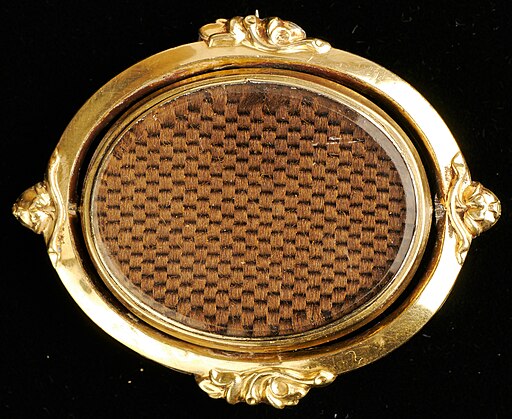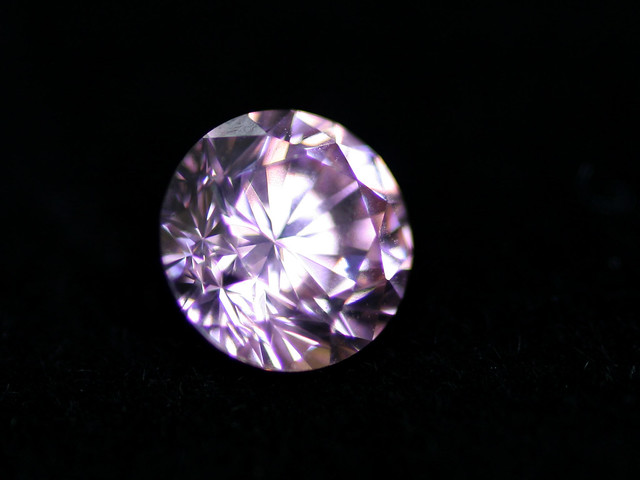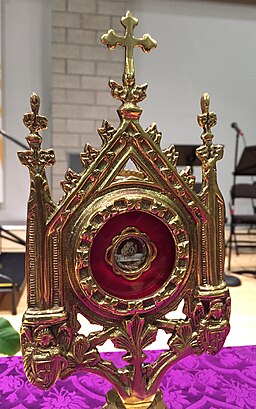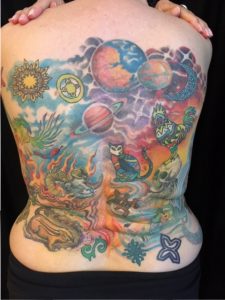Holding onto your loved one after death

In various times, in various places, and for various reasons, people have—and do—cling to the dearly departed. Consider death masks, sarcophagi, grave markers. Or perhaps, more personally, the loved one’s name is carved into a garden bench or painted on a rock. Today, one can get a “Poetree” Cremation Ash Tree, a circular planter containing the deceased ashes that encircles the trunk of a young tree planted in that person’s honor, and fertilizes it. The planter can be inscribed to make a custom cremation cultivation.
Perhaps most frequently, people keep tokens of the deceased—something owned, worn, or loved—a ring, a photo, an antique car, an autographed football, a piece of furniture or art.

Quilts made by Elsie Rich – Library of Congress
01/01/1996
A step beyond keeping a token is repurposing a token. One example would be making a quilt or throw from the dead person’s clothing. Beyond that, a piece of clothing could be framed, used to make a wine cozy, a pillow to hug or a stuffed animal for a grandchild.
As cremation becomes more popular, there is a whole industry in cremains urns. Using modern technology and pictures of the deceased, a head sculpture of the deceased can be created as a container for the ashes.

In addition, there is a plethora of small containers for ashes, typically in the form of a gold or sterling pendant. Cremains are relatively voluminous. At least in theory, everyone who wants a bit of ash in a pendant could have it.
Please note: Catholics are forbidden from keeping the ashes of cremated loved ones at home, scattering them, dividing them among family members, or turning them into mementoes—i.e., they must be buried.

In a more goth period of history, a loved one’s teeth can be turned into jewelry: molar rings, earrings, a necklace with 10 or more teeth on a silver or gold chain—even a denture bangle bracelet.
If the loved one had a tattoo, the tattooed skin can be removed and preserved in a frame suitable for display.
If actual, unchanged body parts are too ghoulish, consider transformation. Ashes can become many things.

- consider a titanium band with ashes, $183.20
- glass cremation necklaces and pendants, $84 and up to a few hundred
- similar processes can produce paperweights, tree ornaments, and suncatcher spinner, $99 and up
- a cremation ash painting in which a loved one’s ashes are mixed into the paint for a portrait, landscape, or other painting

- several companies specialize in turning a loved one’s ashes into diamonds
- as with natural diamonds, these can be rings, pendants, earrings, etc.
- creation time ranges from 35 to 150 days
- length of process is related to color: brown, red, pink, gray, blue, green, violet, purple, yellow, orange, and clear
- the longer the creation time, the higher the price
- price depends on clarity, color, carat weight, and cut
- price includes making, cutting, and polishing the stone—no setting (which can range from $200 to $2200 and more)
- so prices could be as low as $300 for a pendant of chips to more than $17,000 for a one carat white stone

10) Relics of Catholic saints. Other religions have preserved Buddha’s tooth and the beard of Muhammad
9) War trophies. The most common one being scalps for Greeks and Native Americans.
8) Decoration. See above. Also bones carved to form ceremonial aprons in Tibet, bone sculptures, etc.
7) Medical science and education. Enough said.
6) Just plain weird. Find out about Jeremy Bentham, who directed his body dissected and the skeleton used to create an auto-icon still held at University College London.
5) To prevent death. In parts of Uganda, the blood and body parts of dead children are used to ward off disease and death and bring prosperity.
4) Made into objects. See above. Also, skulls used as drinking vessels many places.
3) (A kind of) Magic. Juju priests use menstrual blood, hair, nail clippings, body parts, and blood taken from childbirth to create spells which bind believers to the priest and do whatever they are told.
2) As room fittings. The Sedlec Ossuary in the Czech Republic, Our Lady of the Conception of the Capuchins in Rome, the chapel in Czermna, Poland, every inch lined with bones.
1) Proof of kill, often when a warrior was paid according to the number of kills made. For example, Samurai warriors cut off noses and sometimes ears of slain Koreans.

BOTTOM LINE FOR WRITERS: Dead isn’t necessarily gone. Think outside the casket.

